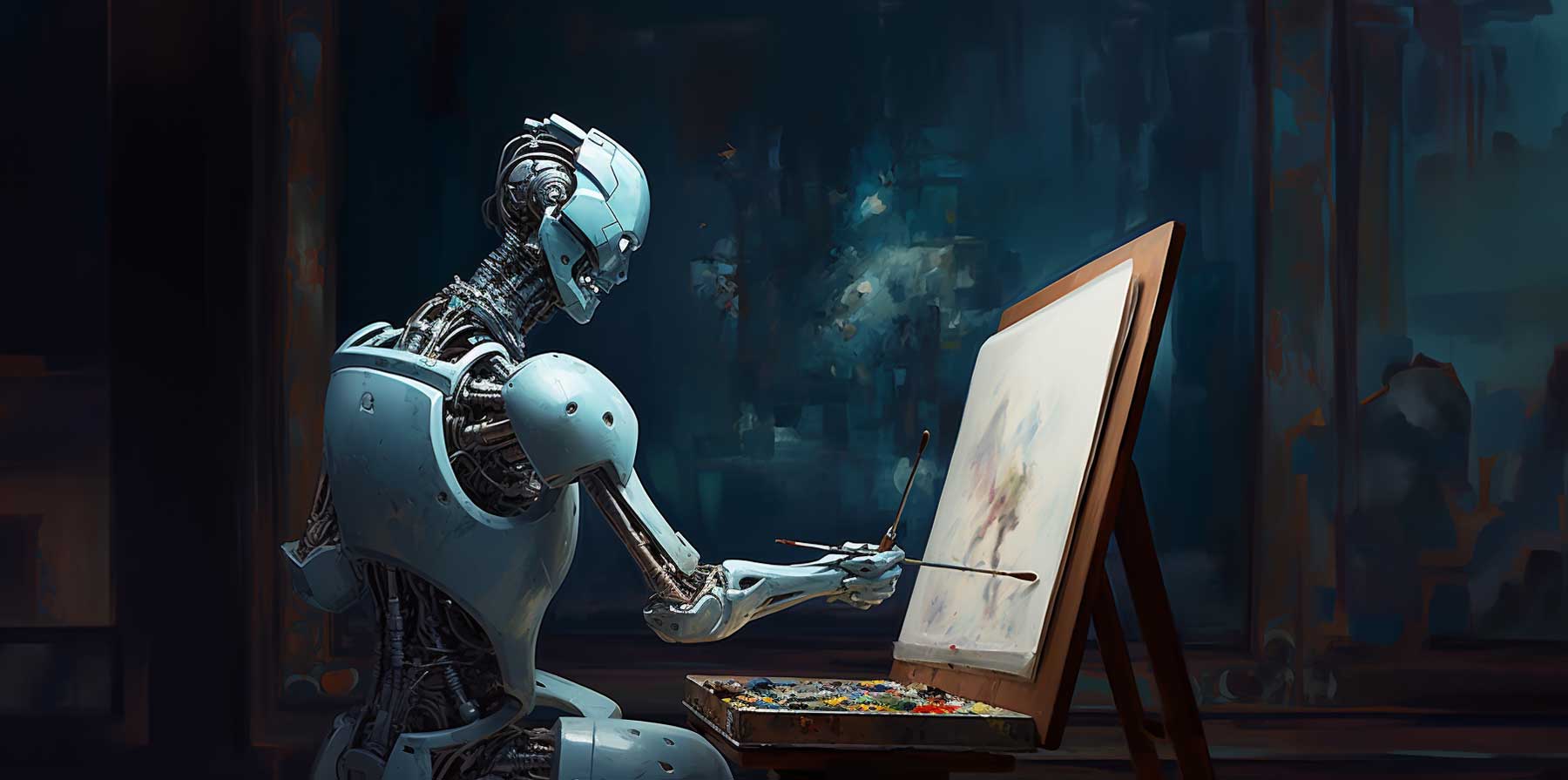AI Art: Is It Really Creative or Just Algorithmic?
Art, for centuries, has been an intrinsic expression of human creativity, encapsulating emotions, culture, and imagination. However, the rise of Artificial Intelligence (AI) in art creation has sparked debates in galleries, studios, and digital forums. Is AI-generated art a genuine act of creativity, or is it merely an algorithmic process mimicking human ingenuity? Let’s delve into the layers of this intriguing question.
Understanding AI Art: The Basics
AI art, at its core, involves the use of machine learning algorithms to generate visual or auditory works. These algorithms, often powered by technologies like neural networks, analyze vast datasets of pre-existing art to identify patterns, styles, and techniques. Once trained, they can produce pieces that often surprise even their creators.
How It Works:
AI models like Generative Adversarial Networks (GANs) employ two neural networks: a generator and a discriminator. The generator creates new images, while the discriminator evaluates them, iteratively refining the output.
Style transfer techniques enable AI to blend the aesthetic of famous artists, resulting in creations that mimic Van Gogh’s swirls or Picasso’s abstraction.
Evolution of AI in Art:
- From IBM’s Deep Blue’s exploration of art patterns to OpenAI’s DALL-E, the evolution of AI art tools showcases a growing sophistication.
- Early AI art tools merely replicated styles, but modern models can now generate entirely novel compositions.
Creativity vs. Algorithm: Where Do We Draw the Line?
The crux of the debate lies in defining creativity itself. Creativity, for humans, often stems from emotions, experiences, and conscious decision-making. Can machines exhibit similar attributes, or are they confined to computational mimicry?
The Case for Creativity in AI:
- AI systems can generate unexpected results, pushing the boundaries of traditional aesthetics.
- They collaborate with artists, serving as tools that enhance human creativity rather than replace it.
- Some argue that creativity doesn’t require consciousness. Instead, it can be defined as the ability to produce novel and valuable outputs—a criterion AI often fulfills.
The Case Against AI Creativity:
- Critics argue that AI lacks intent, a fundamental aspect of creativity. Without emotions, experiences, or subjective judgment, its outputs remain mechanistic.
- AI’s reliance on existing datasets means it is essentially derivative. While it can remix and reimagine, it doesn’t originate.
Impacts of AI Art on the Creative Industry
AI’s foray into art has profound implications for artists, collectors, and the industry at large.
For Artists:
- AI democratizes art creation, making tools accessible to individuals with minimal technical skills.
- It challenges artists to rethink their roles, pushing them to explore hybrid creations.
- Concerns about job displacement persist, especially among commercial artists.
For Collectors and Buyers:
- The market for AI art is burgeoning, with pieces like “Edmond de Belamy” selling for $432,500 at Christie’s.
- Buyers often question the originality and long-term value of AI art compared to traditional works.
For Art Communities:
- AI reshapes discussions around authorship and ownership. Who owns an AI-generated piece: the programmer, the user, or the AI itself?
- Ethical considerations arise, such as the use of copyrighted materials in training datasets.
Future of AI Art: Collaborative or Dominant?
Looking ahead, the trajectory of AI art depends largely on its integration with human creativity and ethical frameworks.
Opportunities for Collaboration:
- AI as a co-creator allows artists to experiment with novel mediums and ideas.
- Interactive AI tools, like Adobe’s Sensei, are already enabling creative professionals to streamline workflows.
Ethical and Cultural Challenges:
- Addressing biases in training datasets is crucial. AI art often reflects the cultural and aesthetic biases of its input data.
- Legal frameworks must evolve to address questions of intellectual property and copyright.
Potential for Over-Domination:
- If unchecked, AI could overshadow traditional art forms, leading to a homogenization of creative outputs.
- Over-reliance on AI tools risks diminishing the value of human touch and spontaneity in art.
Conclusion
AI art straddles the line between innovation and imitation. While its ability to generate compelling and complex works is undeniable, the essence of creativity—rooted in human emotion and intent—remains elusive for machines. Rather than viewing AI as a replacement, it can be celebrated as a transformative tool, opening new vistas in artistic expression. The journey of AI art is far from over, and its true potential lies in harmonious collaboration with human imagination.
References
- How Generative Adversarial Networks Work
- The History and Evolution of AI Art
- Is AI Art Really Art?
- Ethical Challenges in AI Art
- The Rise of AI Art in the Market
- AI and Copyright Issues
- How Artists Use AI to Collaborate
- The Philosophical Debate Around AI Creativity
- AI Bias in Artistic Outputs
- Future of AI in Creative Industries
































































